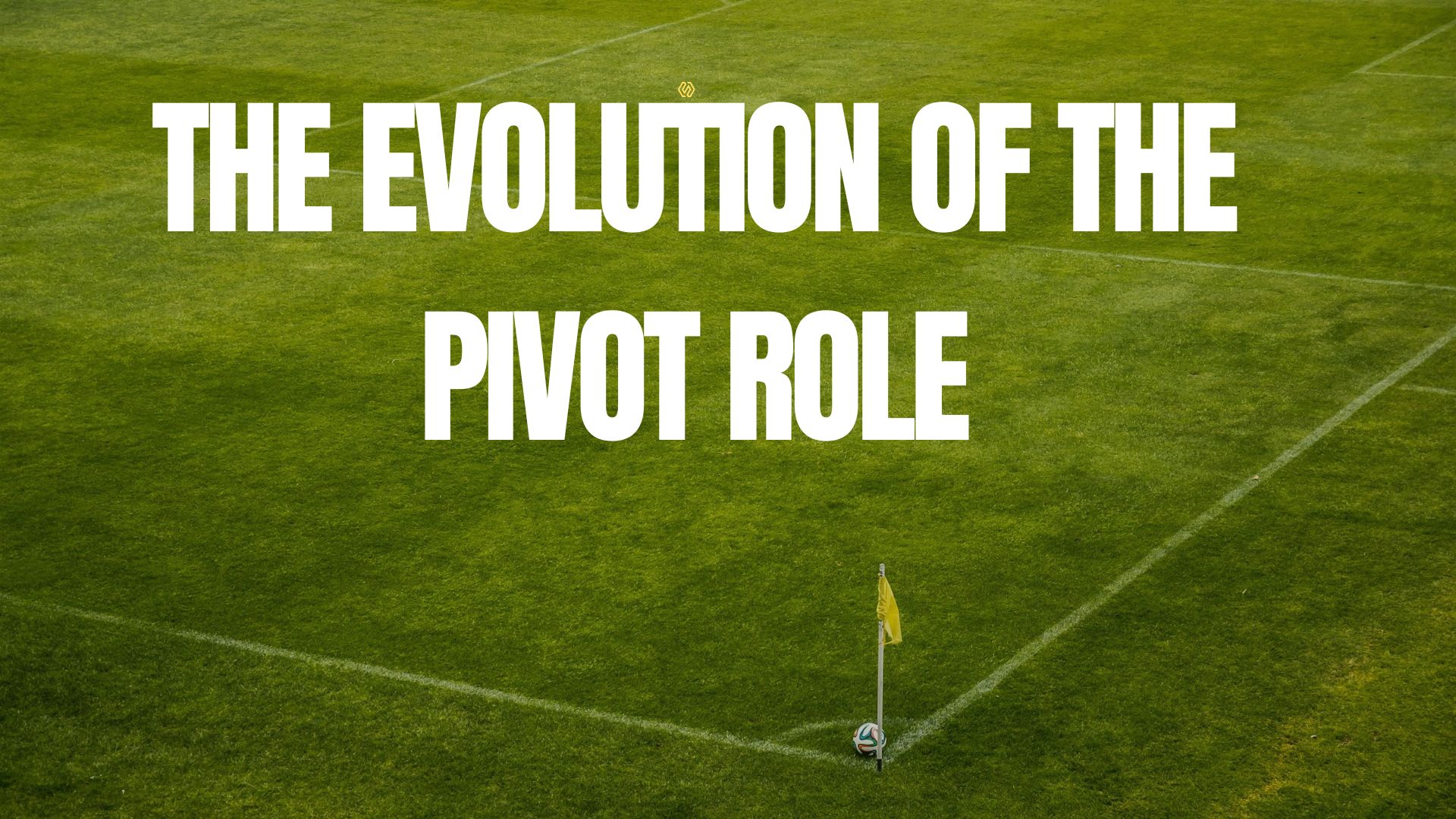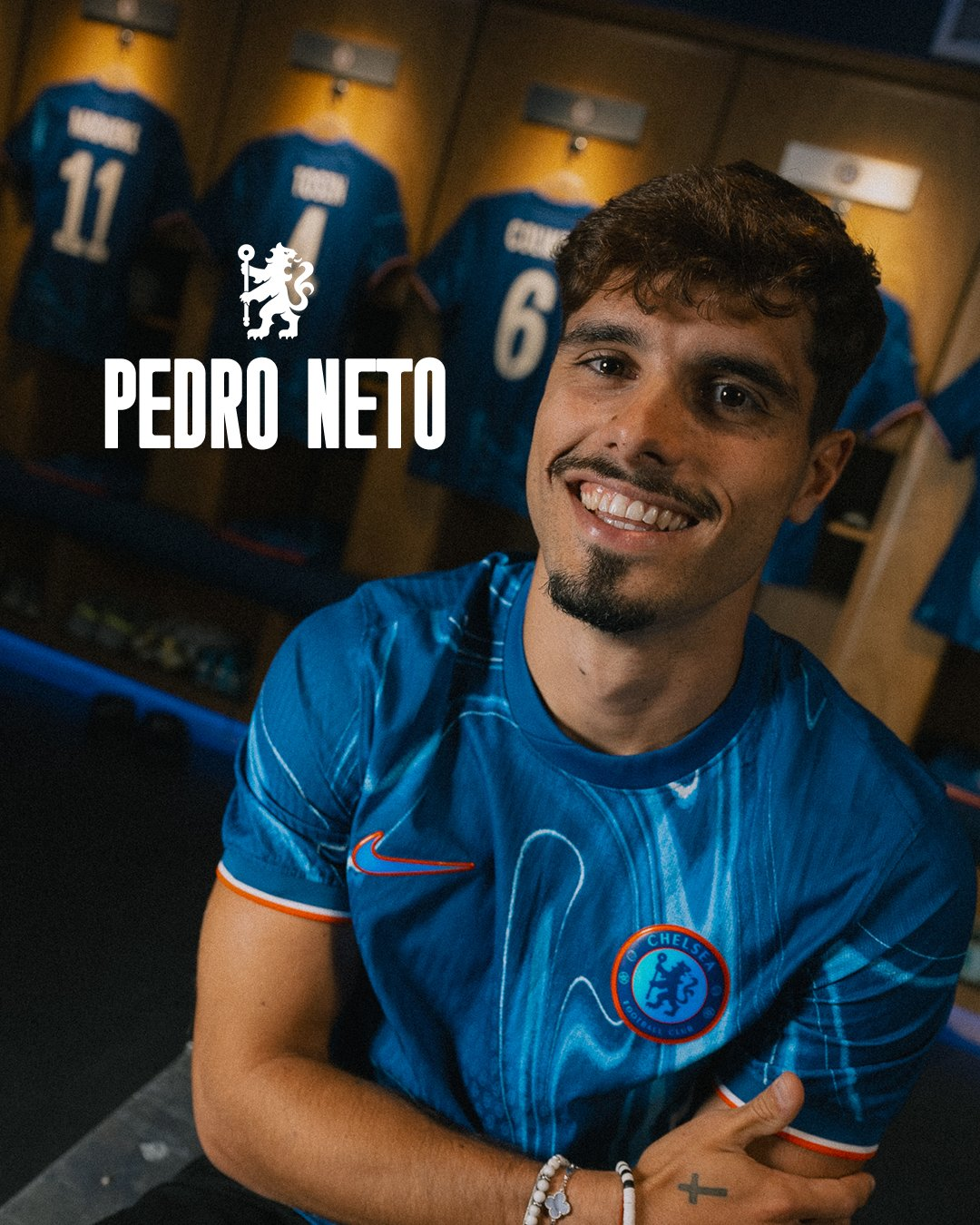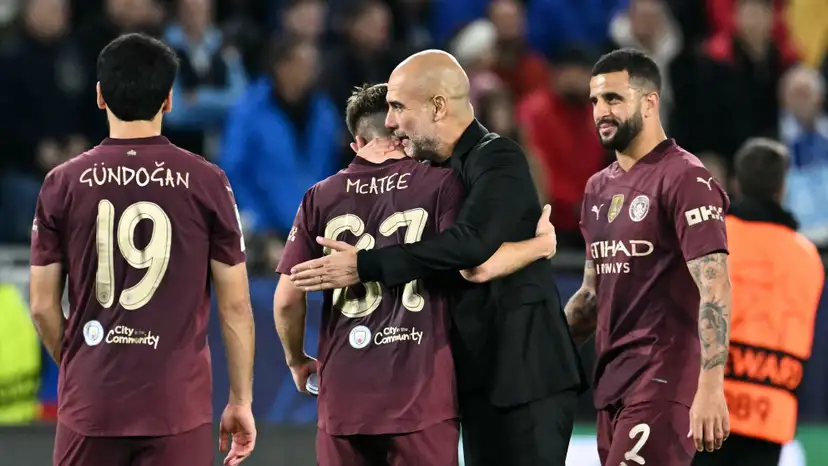
Every team has a heartbeat, and in modern football, that heartbeat often lives in the pivot. Sitting just in front of the centre-backs, the pivot is the team’s first line of control. Their job isn’t flashy, it’s to keep the ball moving safely, protect the defence, and give the rest of the team a stable platform to build from. Without a good pivot, even the most talented sides can look disorganised and vulnerable, especially against teams that press high and fast.
The way teams use pivots has changed a lot over the last two decades. The old model was simple: a single No. 6 who stays in front of the defence, breaks up attacks, and passes short. Today, coaches are looking for more flexibility. Double pivots, sometimes even triple pivots, are common, and pivots now have to handle both defensive and offensive duties. They are no longer just destroyers, they are deep-lying playmakers, press-resistant outlets, and sometimes even central overload creators. Put simply, the pivot is no longer just a safety net. It’s a decision-making hub that controls how a team moves, reacts, and attacks.
The traditional single pivot is what many think of when they hear “defensive midfielder.” The job is simple: protect the back line, win the ball back, and keep things simple in possession. Distribution is short, safe, and efficient. This type of pivot doesn’t wander around the pitch or try risky passes—they stick in front of the defence, hold the shape, and make sure the team doesn’t get caught out.
This system works best when the team has two box-to-box midfielders alongside the pivot. These players cover the ground, support attacks, and give the pivot the freedom to focus on his defensive responsibilities. Formations like 4-3-3 or 4-1-4-1 are perfect for this setup.
Claude Makélélé is the ultimate example of the single pivot. At Chelsea and Real Madrid, he wasn’t flashy, but he was everywhere he needed to be. He anticipated danger, intercepted passes, and rarely made mistakes. His passing was simple but effective, and his intelligence allowed his teammates to take more risks further up the pitch. Makélélé didn’t score goals or make highlight-reel passes, but he made the whole team function better. He showed that a single pivot could be the unsung backbone of a team, and why every great side needs someone who understands that position perfectly.
As football evolved, teams started to face opponents who pressed harder, moved faster, and exploited single pivots with clever rotations. That’s where the double pivot came in. Instead of relying on one player to cover everything, two midfielders share the job. One usually focuses on breaking up play and protecting the defence, while the other has the freedom to act as a deep-lying playmaker, controlling passes and the tempo. This balance allows teams to handle pressure more comfortably and reduces the risk of being caught out by quick attacks.
Double pivots also give teams flexibility in attack. When one midfielder moves forward, the other stays back, covering space and keeping the defence secure. It’s a system that allows coaches to maintain defensive solidity without sacrificing ball circulation or transition play. Real Madrid’s pairing of Xabi Alonso and Sami Khedira, or Chelsea’s Nemanja Matic and N’Golo Kanté, perfectly illustrates this. The players complement each other’s strengths, forming a partnership stronger than the sum of its parts. One disrupts attacks, the other drives the team forward. With a double pivot, the midfield becomes a wall against high presses, while still offering a platform for controlled, purposeful build-up play.
Today, the pivot is no longer just about protection, it’s about control, vision, and sometimes even overloads in attack. Modern pivots, inspired by players like Kroos and Pirlo, need exceptional passing range, the ability to switch tempo, and the intelligence to play under pressure. They’re the first phase of attack, dictating how quickly a team moves the ball, where it goes, and when to speed up or slow down. At the same time, they must remain defensively responsible, ready to cover when opponents counter.
Coaches like Pep Guardiola have taken this one step further with the inverted full-back pivot. In certain moments, a full-back moves into midfield, effectively creating a temporary triple pivot. This gives the team numerical superiority in the centre, stabilises possession, and allows the pivot to operate without being pressed into mistakes. It’s a smart evolution that shows how tactical shapes are no longer fixed, pivots must be aware of space, teammates, and the opposition simultaneously.
The modern pivot, therefore, is a demanding position. It’s no longer enough to just sit in front of the defence. Today’s pivot must combine defensive discipline with playmaking skills, press resistance, and the ability to read the game in real time. They are central to how a team functions, both with and without the ball, and the success of the side often depends on how well this position is executed.
Coaching pivots today comes with a host of challenges. Choosing between a single or double pivot is a trade-off. A single pivot frees up space higher up the pitch, giving teams more attacking options, but it leaves the midfield exposed if opponents press aggressively. Double pivots are more secure, but they reduce the number of players available to push forward, which can make attacking play less dynamic. Another challenge is pivot isolation. If a single pivot is left alone against a three-man press, the player can quickly become overloaded, forcing mistakes and risky passes. Coaches must carefully plan rotations, positional cover, and pressing triggers to prevent this.
Looking ahead, the pivot role is set to become even more fluid. Modern systems demand players who can switch between defensive cover, build-up play, and even defensive-line support seamlessly. The best pivots will need to handle large spaces on the pitch, resist aggressive pressing, and act as the first outlet in possession. They will combine the intelligence of a playmaker with the discipline of a defensive anchor. The hybrid pivot isn’t just a defensive necessity anymore, it’s the fulcrum for both attack and defence in the modern game.
The pivot has evolved from a simple defensive shield into the team’s control centre. How well a pivot performs often determines how smoothly a team transitions between defence and attack, manages possession, and imposes its style on the game. Today’s best teams rely on pivots who can defend, create, and think under pressure. The quality of the pivot is a key factor in competing for major honours, and a higher demand from this position often shapes the identity of the team itself.








